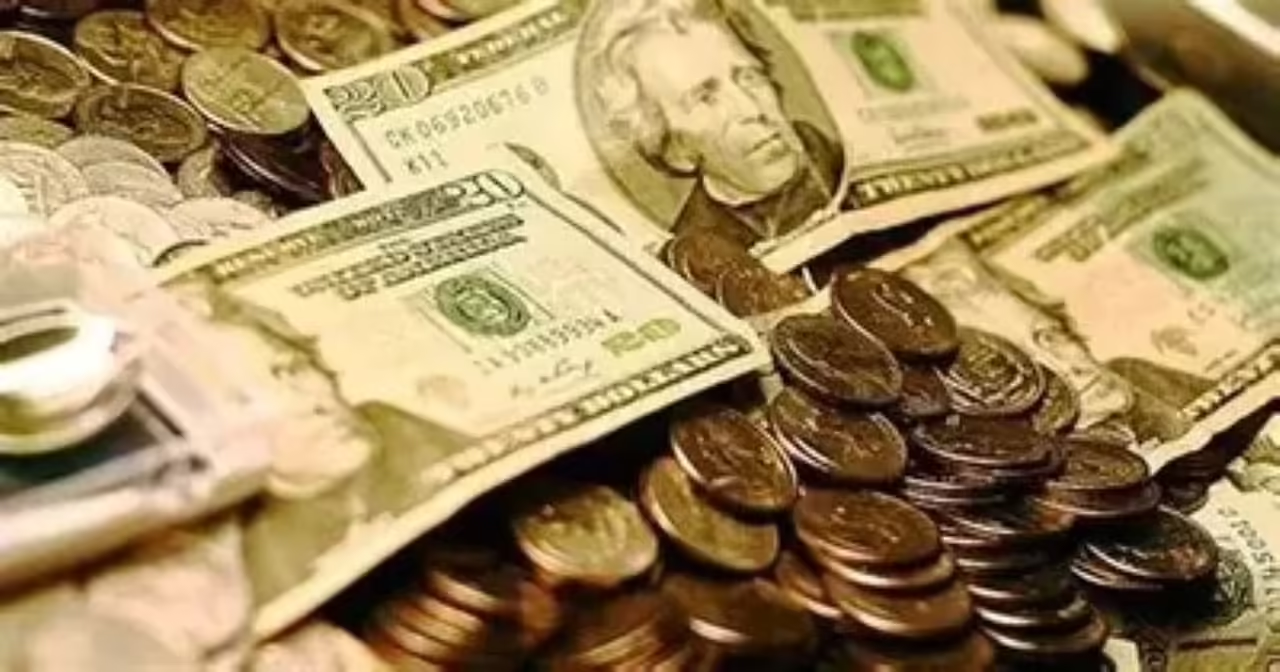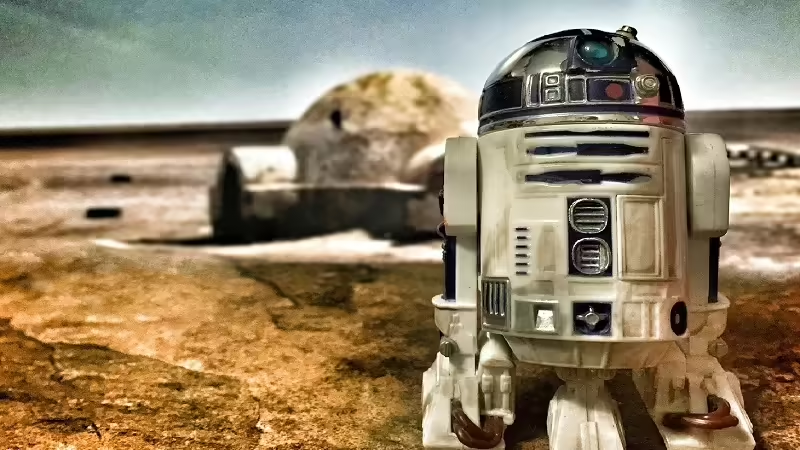
Something that we use every day, but that almost nobody wonders how it works and what its origin was, is money. Without it, we would not be able to move within the social system, since it is necessary to acquire everything from food, to every necessary and superficial detail of life.
How many bills are in circulation? Who prints money? How much money is there in total in the world? Who or who invented the global financial system that has governed us during these last centuries? Here is “the real history of money”:
In the beginning and for thousands of years, the world was generally based on barter, as a form of exchange of goods, products and services. Since agriculture, cattle raising, fishing, etc., constituted the main way of obtaining resources, it was feasible to obtain what was needed, paying with what one produced.
But man became sedentary and agglomerated in towns and cities, then the common barter was no longer consistent, because in those conditions of the progress of civilization, inevitably there was a surplus of products.
Consequently, societies proceeded to select some of the most precious metals such as silver and gold, to give value to goods and function as money. But this system did not last long, since transporting gold and other metals was very complex for people. As an option to solve this problem, the idea of coins was born.
Herodotus, the great Greek philosopher and historian, believed that money had been invented in the 7th century B.C. in Lydia, a small village near the Aegean Sea, between Turkey and Greece. In that scenario, according to the Greek scholar, the first coins circulated, which were made of gold and silver, using a seal with the image of a lion.
The origin of currency trading
Some sources claim that it was the Jews who first proposed coins as a means of exchange, and that everything would have arisen in their temples, since there they had to pay their taxes with a currency they called shekel. Later, when there were already several currencies circulating in the social system, they invented the first business of buying and selling currencies and all Jews had to exchange, for example, denarii for shekels when they went to the temple to make their offerings. From there, presumably, the current world economic system would have arisen.
In the Roman Empire an identical phenomenon occurred at the same time as among the Jewish people. The term “coin” actually comes from the Latin “moneta”, and that was how Juno, one of the most important goddesses of Roman mythology, was nicknamed, and in her temple specifically, coins were minted.
The Roman Empire always struggled to mint a single world currency, equalizing the weights, values and sizes of all of them. Rome tried to monopolize money: “money”, a word derived from the Latin “denarium”, the currency used by the Romans in their commerce and the official currency in the time of Jesus Christ.
The Roman plans were not fully achieved, but some say that this agenda continues today and is part of the Zion protocols. One of the greatest promoters of the use of coins was Alexander the Great, 335 years before Christ, in the lands where he reigned: Mesopotamia, Syria, Egypt, Persia and all of what we now call India.
The first banks
In the 9th century, the Chinese invented paper money, which guaranteed the value in gold and silver, but only for the government. It was in the 16th century that in Europe, the Jews returned to the world of money and they were the ones in charge of giving a kind of receipt for the gold reserves that a person deposited in their banks. Subsequently, it developed to the point of massification at the level of nations.
This Jewish community that began with the banks issuing banknotes and receiving gold, silver and property wealth, were the European goldsmiths, who invested in large safes and paid armed men to guard their banks. This gave a sense of security to all the people who went to deposit their resources in these private financial institutions, to exchange them for paper to back up their assets. This prevented people from transporting large weights and loads of gold, silver and copper.
But according to many investigations, a great business occurred to those professional bankers of the Zionist Judaism, in the XV century, which was based on lending money using the treasury of all the clients, with an interest charge for the credit.
But such financing became so popular that the time came when the safe deposit boxes were empty. However, as each receipt stamped by their banks represented money, they saw no problem in continuing to sign papers, only that no one imagined that there was no longer any backing in the coffers.
Apparently, this situation, as it expanded and became more popular, continued until today and various sectors of society have denounced that the bills and coins we use have no real support beyond the psychological value that we all give to the money prints that are frequently made by the Central Bank and the Federal Reserve, as the whole international banking monopoly that controls the money globally and supplies each country with its corresponding currencies turned out to be called in the end. The only bank, whose guidelines are independent of the International Monetary Fund, but with the full support of the same, is the Vatican bank, whose wealth is almost equal to or higher than all the wealth of the world.
Bitcoin and the money revolution
Technology, having advanced especially in the transmission of information and data, has been the springboard for a new global economic order, where fiat money has been greatly replaced by numbers on a screen, with mechanisms such as credit cards, digital bank accounts, cryptocurrencies, virtual assets, etc.
In 2008, bitcoin, a person-to-person electronic cash system, emerged as part of the cryptographic advances that had already been under development for some years. From it, thousands of cryptocurrencies have emerged, each one projected with a useful purpose to society, as a digital, economic, cultural and other aspects of humanity revolution.







